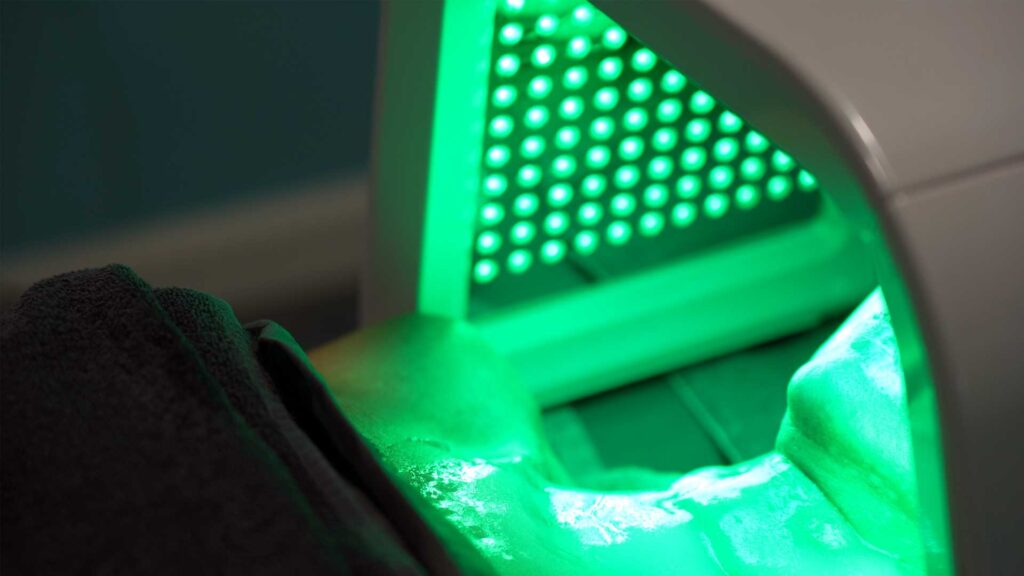Gua sha is a traditional Chinese medicine technique that involves scraping the skin with a smooth-edged tool, typically made of jade or rose quartz. While scientific research on gua sha is limited, there is anecdotal evidence and some studies suggesting potential benefits:
1. Improved Circulation: Gua sha is believed to enhance blood circulation. The scraping motion may stimulate the microcirculation of the soft tissue, promoting blood flow and nutrient delivery to the skin.
2. Reduced Inflammation: Some studies suggest that gua sha may have anti-inflammatory effects. The scraping motion may help reduce inflammation and alleviate symptoms associated with conditions like chronic pain or certain skin disorders.
3. Muscle Relaxation: Gua sha is often used to alleviate muscle tension. The gentle scraping may help relax tight muscles, potentially providing relief from stiffness and discomfort.
4. Enhanced Lymphatic Drainage: Gua sha may support lymphatic drainage, helping to remove waste products and toxins from the tissues. This could contribute to a reduction in facial puffiness and improved skin tone.
5. Stress Reduction: The rhythmic and intentional nature of gua sha application can promote relaxation and reduce stress. It may contribute to a sense of well-being and calmness.
6. Improved Skin Health:** Regular use of gua sha is believed to promote healthier skin. It may enhance collagen production, improve skin elasticity, and contribute to a more radiant complexion.
Research and Evidence:
While there is limited scientific research specifically on gua sha, some studies have investigated related techniques or aspects:
1. A study published in the Journal of Alternative and Complementary Medicine (2011) found that gua sha on the back increased microcirculation in the treated areas. The researchers observed improvements in blood perfusion, indicating a potential benefit for blood circulation.
2. Another study in the Journal of Bodywork and Movement Therapies (2011) focused on the effects of gua sha on chronic neck pain. The researchers reported that gua sha therapy was associated with a significant reduction in pain intensity and an increase in mobility.
It’s essential to note that more research is needed to fully understand the mechanisms and benefits of gua sha, and individual experiences may vary.
How to Use Gua Sha at Home:
1. Choose a Gua Sha Tool: Select a gua sha tool made of jade, rose quartz, or another smooth material. Ensure it has rounded edges to avoid injury.
2. Apply a Facial Oil: Before using the gua sha tool, apply a facial oil or a moisturizer to create a smooth surface for the tool to glide over.
3. Hold the Tool at a 45-Degree Angle: Hold the gua sha tool at a 45-degree angle to your skin. Start with a gentle touch, gradually increasing pressure as you become more accustomed to the technique.
4. Use Gentle Strokes: Using gentle strokes, scrape the tool across the skin in an upward and outward motion. Follow the natural contours of your face and neck.
5. Focus on Key Areas: Concentrate on areas with muscle tension, such as the jawline, neck, and forehead. Repeat each stroke 5-10 times in each area.
6. Relax and Breathe: Take deep breaths during the gua sha session to enhance relaxation. Avoid applying excessive pressure, and if you experience discomfort, reduce the intensity.
7. Clean the Tool: After each use, clean the gua sha tool with mild soap and water. Dry it thoroughly before storing.
Remember, consistency is key when incorporating gua sha into your skincare routine. If you have any existing skin conditions or concerns, it’s advisable to consult with a dermatologist or healthcare professional before starting gua sha practice at home. Additionally, if you’re new to gua sha, consider watching tutorials or seeking guidance from a skincare professional to ensure proper technique and application.
3 Pieces Stainless Steel Gua Sha Massage Tools

Dr. Joanna Smith, DNP, MSN, RN, MBA, SSGB, RT, LE, CLT
President & CEO
Integrated Medicine Institute, Inc.



